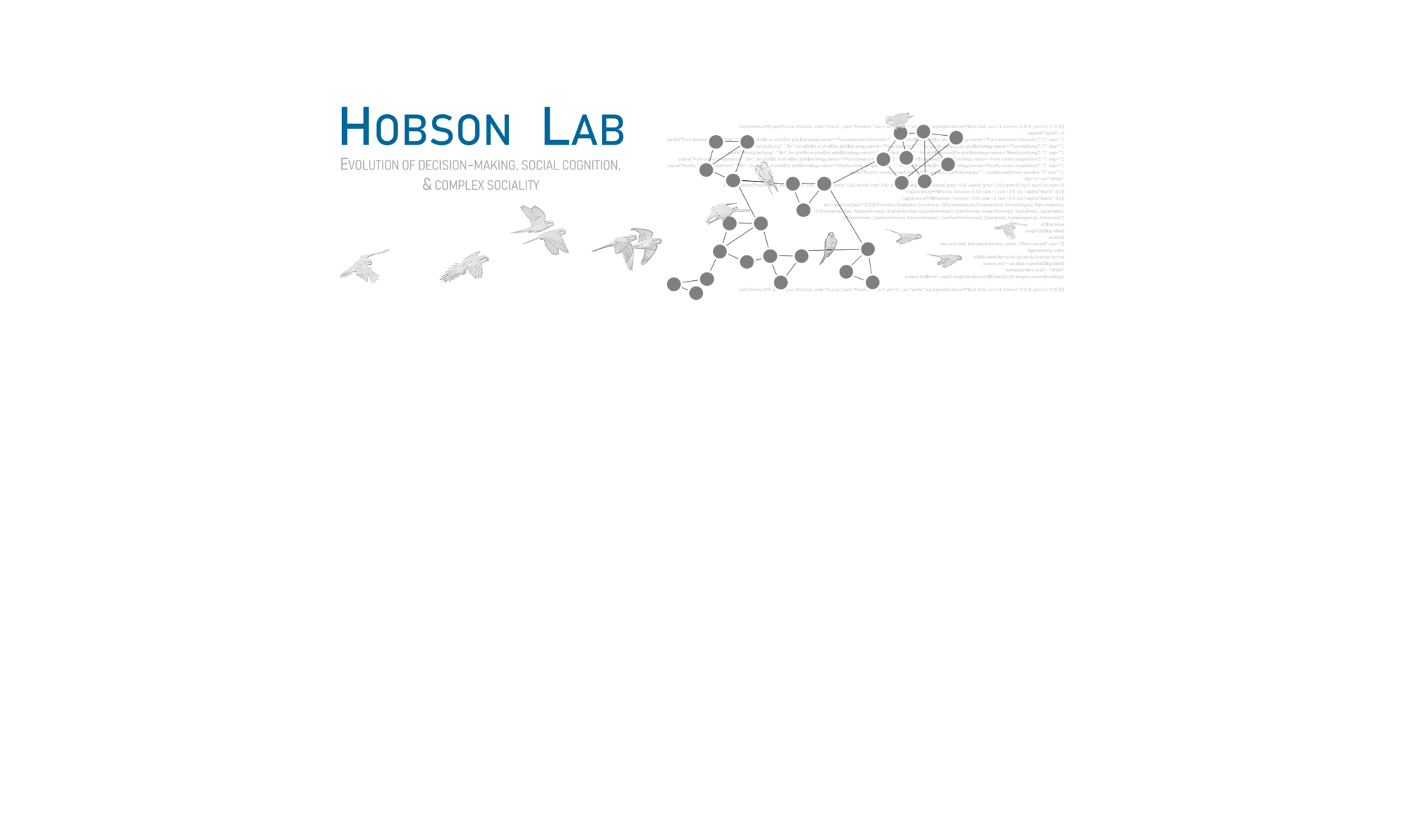Inferred Attractiveness: A generalized mechanism for sexual selection that can maintain variation in traits and preferences over time
Emily H. DuVal, Courtney L. Fitzpatrick, Elizabeth A. Hobson, Maria R. Servedio
PLOS Biology: https://doi.org/10.1371/journal.pbio.3002269
Abstract:
Sexual selection by mate choice is a powerful force that can lead to evolutionary change, and models of why females choose particular mates are central to understanding its effects. Predominant mate choice theories assume preferences are determined solely by genetic inheritance, an assumption still lacking widespread support. Moreover, preferences often vary among individuals or populations, fail to correspond with conspicuous male traits, or change with context, patterns not predicted by dominant models. Here, we propose a new model that explains this mate choice complexity with one general hypothesized mechanism, “Inferred Attractiveness.” In this model, females acquire mating preferences by observing others’ choices and use context-dependent information to infer which traits are attractive. They learn to prefer the feature of a chosen male that most distinguishes him from other available males. Over generations, this process produces repeated population-level switches in preference and maintains male trait variation. When viability selection is strong, Inferred Attractiveness produces population-wide adaptive preferences superficially resembling “good genes.” However, it results in widespread preference variation or nonadaptive preferences under other predictable circumstances. By casting the female brain as the central selective agent, Inferred Attractiveness captures novel and dynamic aspects of sexual selection and reconciles inconsistencies between mate choice theory and observed behavior.





